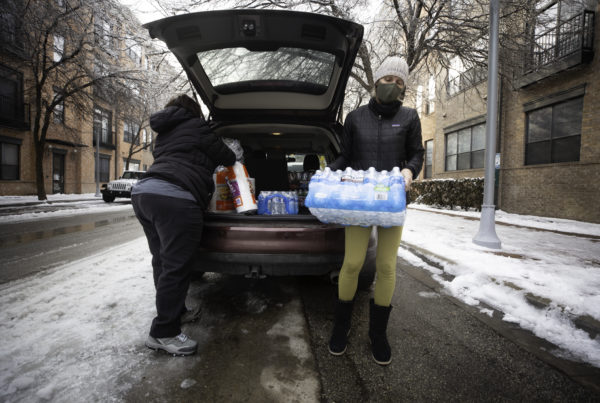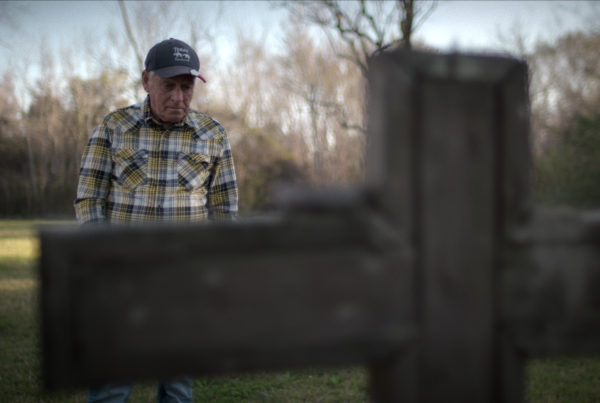In El Paso, officials expect upwards of 5,000 migrants a day to cross the border if Title 42 – the health order used by the Biden and Trump administrations to rapidly expel migrants – is lifted as expected.
Many people seeking asylum are not waiting for Wednesday, when the policy is set to expire: About 2,500 people a day are crossing the shallow Rio Grande to line up and turn themselves into Border Patrol agents – and what El Paso is experiencing could be a preview of what to expect along other stretches of the Texas-Mexico border.
El Paso County Judge Ricardo Samaniego said that they’re currently able to handle 600 to 700 migrants a day – some of whom are not yet sponsored and have to stay in a shelter until that connection is made – with hopes to increase that to about 1,200 a day in a couple of weeks.
“Processing is one of the key things that we’re doing,” he said. “The majority of them have sponsors, and they’re able to move quickly. And that gets them out of the shelters, and you don’t convolute the shelters with individuals that can move through the process. Also working with the Diocese; they’re able to provide 1,500 beds – if we can get to that point of finding a negotiation in our contract with the Diocese, we have the money to support that. So those two: a combination of a great processing methodology, and then also being able to shelter those that are delayed, is really the key.”
Samaniego said the county is asking for state funding for chartered buses to move people into bigger hubs – including Dallas, San Antonio, Phoenix and Denver – where they can connect more quickly with sponsors and at a lower cost.
“When you call someone and say, ‘it’s $800; could you sponsor?,’ it’s really difficult. If you say it’s $120, it makes a huge difference,” he said. “Logistics is what we’re looking for, to move them out into the bigger hubs.”
Samaniego said assistance with shelters would more likely be through FEMA, not state help.
“We need that, but not as much as we do transportation. It’s really very important. It’s the key,” he said. “And in my opinion, the last four years, decompression has been the key to everything that we do. We could take as many as are sent. The problem is they send us 1,000 and we can only take 800: Now you’ve got 200. And then every day it accumulates. So the more we take, the better Border Patrol is able to handle that flow.”
Samaniego said the key to successfully transferring migrants to their destinations is to have NGOs on both ends, and that uncoordinated efforts like the busing done by Gov. Greg Abbott’s office earlier this year will only backfire.
“You have to know there’s 50 people coming; what are you going to do? How are you going to be able to distribute them properly and receive them properly and move them forward?,” he said. “You know, we’re a nation. We’re not just a community. I don’t want to overwhelm another city just because I’m not able to handle them here. I want to coordinate with them and the entire nation. El Paso just happens to be where we process and get them to all the other destinations.”













